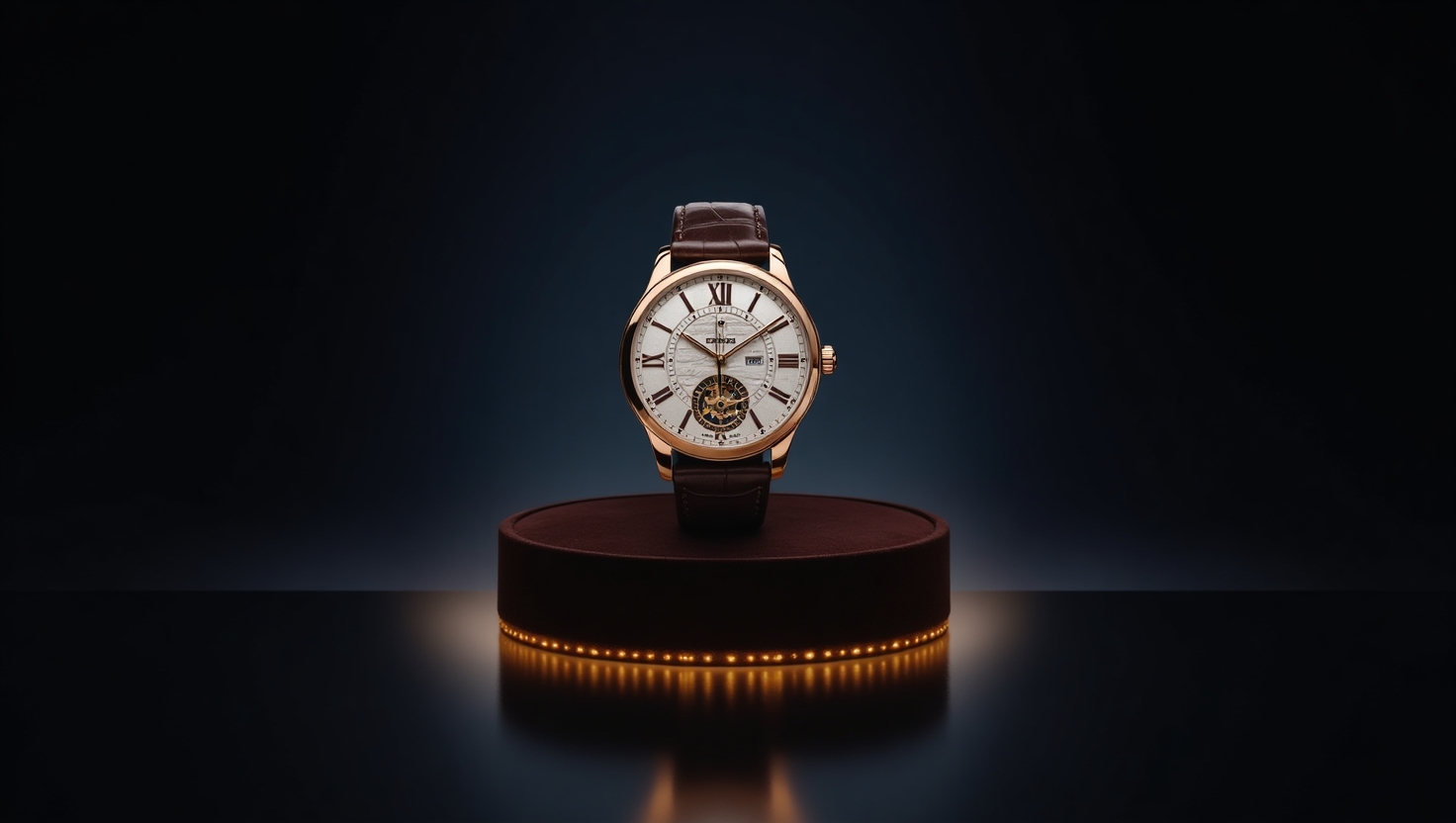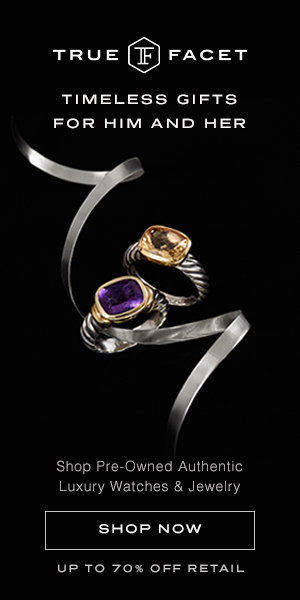Rolex vs. Cartier: A Definitive Guide to Two Luxury Watch Giants in 2025
In 2025, the pre-owned luxury watch market is booming. Two brands lead the charge: Rolex and Cartier . Searches for “luxury watch comparison” and “Rolex vs. Cartier” are at an all-time high. Why? Buyers want to know: Which brand offers better design, value, and prestige?
Brand Heritage: Centuries of Craftsmanship
Rolex was founded in 1908 with a mission: build the most reliable watches in the world. It revolutionized horology with the first waterproof wristwatch (1926) and the self-winding Perpetual rotor (1931). Today, Rolex remains a symbol of rugged precision.
Cartier , founded in 1847, started as a jeweler. Its first wristwatch, the Santos-Dumont (1904), was designed for aviation pioneer Alberto Santos-Dumont. Cartier blends artistry with watchmaking, often using gemstones and bold designs.
2025 Insight:
- Vintage Rolex models like the “Paul Newman” Daytona sell for over $5 million at auctions.
- Cartier’s Crash watch —a 1960s surrealist design—is back in demand, gaining 20–25% annually in value.
Design Philosophy: Bold Utility vs. Timeless Artistry

Rolex – Rugged Elegance for the Everyday Explorer
Rolex designs prioritize functionality and durability. Most models feature round cases (Submariner, GMT-Master II) with sporty, tool-watch aesthetics. Signature elements include:
- Cerachrom ceramic bezels (scratch-resistant).
- Oystersteel (corrosion-resistant alloy).
- Cyclops lenses for date magnification.
- Popular 2025 Models:
- Submariner (Ref. 124060): Minimalist no-date design.
- Daytona (Ref. 116500LN): Coveted by racers and collectors.
- Explorer II (Ref. 226550): Adventure-ready with a 24-hour hand.
Cartier – Artistic Versatility with a Royal Touch
Cartier thrives on diversity . From the rectangular Tank to the curvaceous Ballon Bleu , its watches embrace unconventional shapes and luxurious materials. Key features:
- Blue sword-shaped hands (iconic Cartier signature).
- Guilloché dials (engine-turned patterns).
- Gemstone accents (e.g., diamonds on the Pasha).
- Popular 2025 Models:
- Tank Française: Unisex chain-link bracelet design.
- Pasha de Cartier: Bold, oversized cases with Arabic numerals.
- Santos-Dumont: Tribute to aviation history in rose gold.
Materials & Craftsmanship: Steel vs. Gold
Rolex uses proprietary alloys like Oystersteel (904L steel) and Everose gold . These materials resist corrosion and retain luster. Its Cerachrom bezels are scratch-proof and fade-resistant, making them ideal for tool watches.
Cartier’s Beaune collection (2024 release) pairs meteorite dials with 18k white gold cases, attracting investors. This blend of cosmic textures and luxury metals exemplifies Cartier’s ability to merge innovation with timeless elegance.
Movements & Accuracy: Chronometer Standards vs. Mystery Mechanics
Rolex – Chronometer Perfection
Rolex holds its movements to a +2/-2 seconds/day standard—stricter than the COSC-certified chronometer requirement (+4/-2 seconds/day). In-house calibers (e.g., Caliber 3235) offer 70-hour power reserves and unmatched reliability.
- Pro Tip: Rolex’s Superlative Chronometer certification guarantees precision.
Cartier – Balancing Tradition & Modernity
Cartier’s movements (e.g., Calibre 1904-CH MC) are COSC-certified but lag slightly behind Rolex in accuracy (±4 seconds/day). However, its mystery movements (hands appear to float without gears) are horological marvels.
- Quartz Debate: Cartier offers quartz models (e.g., Tank Solo Quartz), while Rolex abandoned quartz in the 1970s.
Price Points: Accessibility vs. Exclusivity

Rolex starts at ~$6,500 for an Oyster Perpetual. Top-tier models like the Daytona can exceed $500,000 in pre-owned markets. However, waitlists for new releases often stretch years.
Resale Value: Investment vs. Sentiment
Rolex – The Ultimate Store of Value
Rolex dominates resale markets. According to 2025 data:
- Submariner (Ref. 114060): Holds 90%+ of original value after 5 years.
- Daytona: Pre-owned models sell for 2–3x retail price due to scarcity.
- Vintage Boom: “Paul Newman” Daytonas and Milgauss models are auction darlings.
Cartier – Emotional ROI Over Financial Gain
Cartier’s resale value is more nuanced:
- Tank Française: Retains 60–70% of value (up 10% since 2023).
- Crash Watch: Appreciates 15–20% annually due to limited supply.
- Jewelry-Driven Appeal: Cartier’s watches often hold sentimental value over pure financial return.
Iconic Models: Legacy and Evolution
Rolex’s Grail Watches
- Submariner: The ultimate dive watch, reborn in 2020 with a Maxi Dial.
- Daytona: Synonymous with motorsports and celebrity collectors (e.g., Paul Newman).
- GMT-Master II: Traveler’s favorite with a two-tone “Pepsi” bezel.
Cartier’s Timeless Icons
- Tank: Inspired by WWI tank tracks; Jackie Kennedy’s go-to watch.
- Santos-Dumont: The world’s first pilot’s watch, now minimalist chic.
- Pasha: Bold, water-resistant design with a chain-link bracelet revival.
Pros & Cons: Who Should Buy What?
– Lower resale value than Rolex
Rolex |
Cartier |
Pros |
Pros |
| – Unmatched brand recognition | – Diverse case shapes & sizes |
| – Superior accuracy (+2/-2 seconds/day) | – Affordable entry-level options |
| – Strongest resale value in luxury | – Quartz models available |
| – Iconic, conversation-starting designs | – Jewelry-grade craftsmanship |
Cons |
Cons |
| – Limited case shapes (mostly round) | |
| – High demand = long waitlists | – Accuracy lags behind Rolex |
| – No quartz models | – Less recognizable as a watchmaker |
Why These Brands Dominate Search Trends in 2025
Cultural Factors Driving Demand
- Rolex: Symbolizes success and endurance. Favored by athletes, adventurers, and status-driven buyers.
- Cartier: Represents sophistication and artistic legacy. Popular among fashion icons and jewelry lovers.
Economic Drivers
- Pre-Owned Boom: Inflation and sustainability trends push buyers to certified pre-owned (CPO) markets.
- Celebrity Influence: Leonardo DiCaprio’s Cartier Crash and Jay-Z’s Daytona fuel hype.
How to Choose: Rolex or Cartier?
Ask Yourself These Questions
- Do you prioritize precision and ruggedness, or artistic design?
- Are you buying for investment or emotional value?
- Do you prefer round cases or avant-garde shapes?
- Is brand recognition important to you?
Final Verdict
- Choose Rolex if you crave status, reliability, and a timeless investment piece .
- Opt for Cartier if you value artistry, versatility, and a watch that doubles as jewelry .
Conclusion: Rolex vs. Cartier – Timeless Titans of Luxury
In 2025, Rolex and Cartier remain pillars of horology, but their paths to greatness couldn’t be more different. Whether you’re drawn to the rugged charm of a Submariner or the regal elegance of a Tank, one thing’s certain: these watches are more than accessories—they’re heirlooms.







